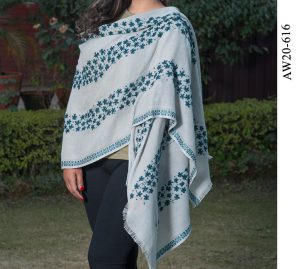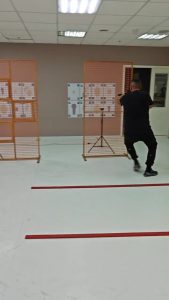Introduction:
Fashion design is a field that requires a unique combination of creativity, skill, and vision. It is the art of creating beautiful and innovative clothing and accessories that look good and make a statement. From sketching out initial design concepts to selecting fabrics and materials to stitching together the final product, fashion designers have a keen eye for detail and a passion for style.
The Process of Fashion Design
Fashion design is a multifaceted process that requires careful planning and execution. Here are the key steps involved in creating a new fashion collection:
Research and Inspiration:
Before starting any design project, fashion designers often begin by researching to gather inspiration. This may involve studying current fashion trends, exploring different fabrics and textures, and seeking inspiration from art, culture, and nature.
Sketching and Concept Development:
Once inspired, fashion designers begin to sketch out their ideas. These initial sketches help to bring their vision to life and serve as a roadmap for the design process. Designers may create multiple iterations of a design before settling on the final concept.
Fabric Selection:
Choosing the right fabric is crucial in fashion design. Designers must consider factors such as color, texture, drape, and durability when selecting materials for their designs. Fabrics can greatly influence the look and feel of a garment.
Pattern Making:
After finalizing the design concept and selecting fabrics, fashion designers create patterns for the garments. Patterns are blueprints that guide the cutting and stitching of the fabric. A well-made pattern ensures that the garment fits correctly and looks flattering on the body.
Sample Making:
Once patterns are created, sample garments are sewn together for fittings and adjustments. Designers work closely with seamstresses and tailors to bring their designs to life. Samples allow designers to see how the garment looks and feels on a live model and make any necessary changes.
Production:
After the sample is perfected, the design is ready for production. This involves cutting the fabric, sewing the garment together, and adding finishing touches such as buttons, zippers, and embellishments. Quality control is essential during the production phase to ensure that each garment meets the designer’s standards.
Marketing and Promotion:
After the garments are made, fashion designers must promote their collection to the public. This may involve organizing fashion shows, creating lookbooks, and using social media to showcase their designs. Marketing plays a crucial role in attracting buyers and growing a designer’s brand.
The Importance of Innovation in Fashion Design
Innovation is key in the world of fashion design. Designers must constantly push the boundaries of creativity and explore new techniques and materials to stay ahead of trends. By experimenting with unconventional shapes, colors, and textures, designers can create truly unique and groundbreaking designs that captivate and inspire.
Conclusion
Fashion design is a dynamic and exciting field that allows designers to express their creativity and passion for style. From sketching out initial concepts to bringing garments to life, fashion designers play a crucial role in shaping the way we dress and express ourselves. With dedication, skill, and a keen eye for detail, anyone can master the art of fashion design and create stunning and stylish garments that stand out from the crowd.
Discover the art of fashion design and learn how to create stylish garments that make a statement. Explore the key steps involved in the design process and the importance of innovation in the fashion industry.








